Does your saddle fit properly? I invite you to go out to your horse and tie them, standing on a level surface. Next, stand on a stool or bucket five to ten feet behind them. Notice the alignment of the horse’s body. Is one side of the rump higher than the other? How about the back – is one side lower than the other? Next, evaluate the shoulders. Is one bigger or higher? Chances are, you’ve found some differences between one side of your horse and the other. It’s easy to understand why a proper fitting saddle can be difficult to find!
Over the past two decades of doing bodywork, I’ve found that 99% of the issues I’ve seen in horses starts with the misalignment of the first rib under the scapula – which is directly under the saddle. This is significant, because the first rib and scapula tie into C7 and T1 in the spine, where the neck (cervical spine) and upper back (thoracic spine) connect. Importantly all the nerves serving the head, foreleg and shoulder blade are in this region. Any blockages here negatively affect the blood supply to the muscles. This can lead to excessive muscle tension (tightness), which in turn can overload the tendons and ligaments of the lower leg. Amazingly, imbalances can be seen in this region even in foals from 7 months old.
The misalignment of the first rib can have additional consequences for the horse, including the high/low hoof syndrome that farriers and barefoot trimmers are dealing with. When a horse stands on one low heel and one high heel 24 hours a day, everything above the hoof is shifted out of alignment. Just imagine how you would feel standing on one low heeled shoe and one high heeled shoe all day! Your body would have to adjust to this unevenness in your shoes. The high/low syndrome also affects the movement of the horse. Issues that can arise include taking the proper canter lead, connecting to only one rein, and heaviness on the forehand. Most trainers and riders try to train these issues out of the horse by repetitive schooling, to build up so-called weakened muscles. This can result in stressing the horse’s psoas muscle, as it tries to compensate for moving heavily on the forehand.
The tremendous impact of compensation eventually ends up affecting the stifle and hock joints, and can also create side bone calcification and ringbone in the front hooves. While the load-bearing side will be loading and landing properly, it will be lower heeled, bigger hoof. The misaligned first rib side will typically be a higher heeled, narrower hoof. This is often mislabeled as a club foot, however, it is not the same thing as a horse born with a club foot. The horse’s compensation can create medial and lateral imbalances in the hind hooves as well. When the horse is standing on four hooves that do not match in height, size or shape, you can imagine that the body on top of them will not be able to hold its structural integrity or function efficiently.
These cumulative compensations can also lead to imbalanced internal organs, as well as an imbalanced meridian energy system.
How do horses misalign their first rib? It’s as easy as running through deep mud in the winter, or a hind foot overreaching and ripping off a front shoe. Also, horses who lean heavily on solid fences to graze the other side usually drop both first ribs, which creates strain on both shoulders. The psoas muscle, due to this strain, has to work harder to pick up the heavy front end. This can also lead to the painful “Kissing Spine” symptoms.
A technique that has been very successful in bringing the horse back into balance is Equine Musculoskeletal Unwinding therapy. You can learn this at home, or by attending a clinic. Yoga stretches are also very useful in keeping your horse balanced and supple. Together, these bodywork techniques can add 10+ years to your horse’s rideable life!
About the Author:
April Love is a global trainer for holistic horse therapies, whose areas of expertise include Equine Musculoskeletal Unwinding therapy, Osteopathy for deep myofascial muscular and skeletal releases, Craniosacral therapy, massage therapy, bio-energy therapy, equine kinesiology, acupressure and Reiki. She is a Certified Instructor for Quantum Relief for horses and humans, as well as a Certified Instructor for Ting Point Therapy. For more information see her free helpful YouTube channel https://www.youtube.com/user/HolisticHorseWorks/videos

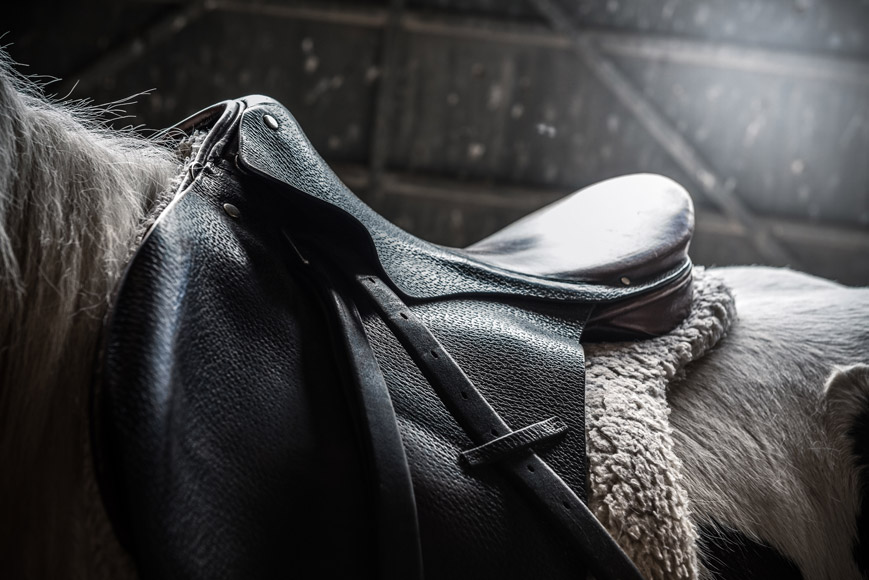
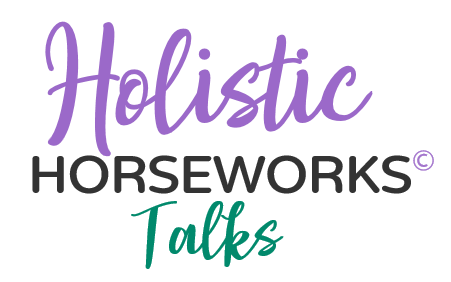
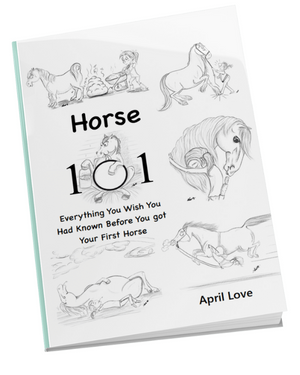
![Complete Level 1 & Level 2 Home Study + Private Training Package [NO DVD]](https://holistichorseworks.com/wp-content/uploads/2022/08/Level-1-and-Level-2-complete-home-study-and-training-package-400x400.jpg)
![Level 1 "Equine Musculoskeletal Unwinding" Home Study -Watch Instantly [NO DVD]](https://holistichorseworks.com/wp-content/uploads/2022/08/Level-1-Home-Study-400x400.jpg)
![Level 2 “CranioSacral Unwinding & Advanced Applied Kinesiology” Home Study - Watch Instantly [NO DVD]](https://holistichorseworks.com/wp-content/uploads/2022/08/Level-2-Home-Study-400x400.jpg)
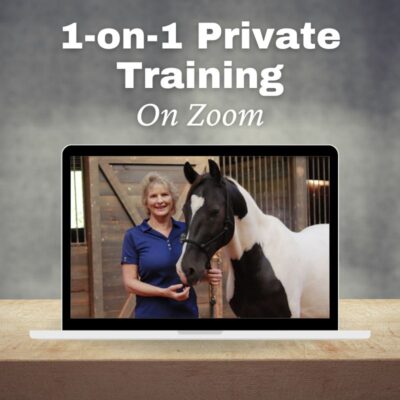
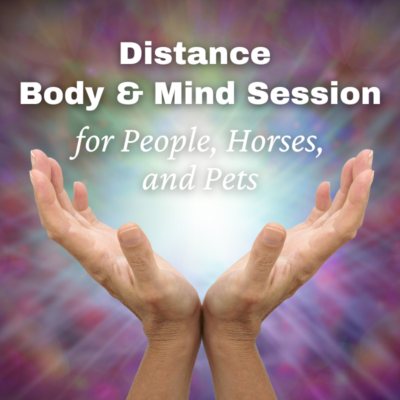


![Equine CranioSacral Energy Work -Watch Instantly [English and French]](https://holistichorseworks.com/wp-content/uploads/2022/09/equine-cranial-sacral-energy-work-watch-instantly-400x400.jpg)